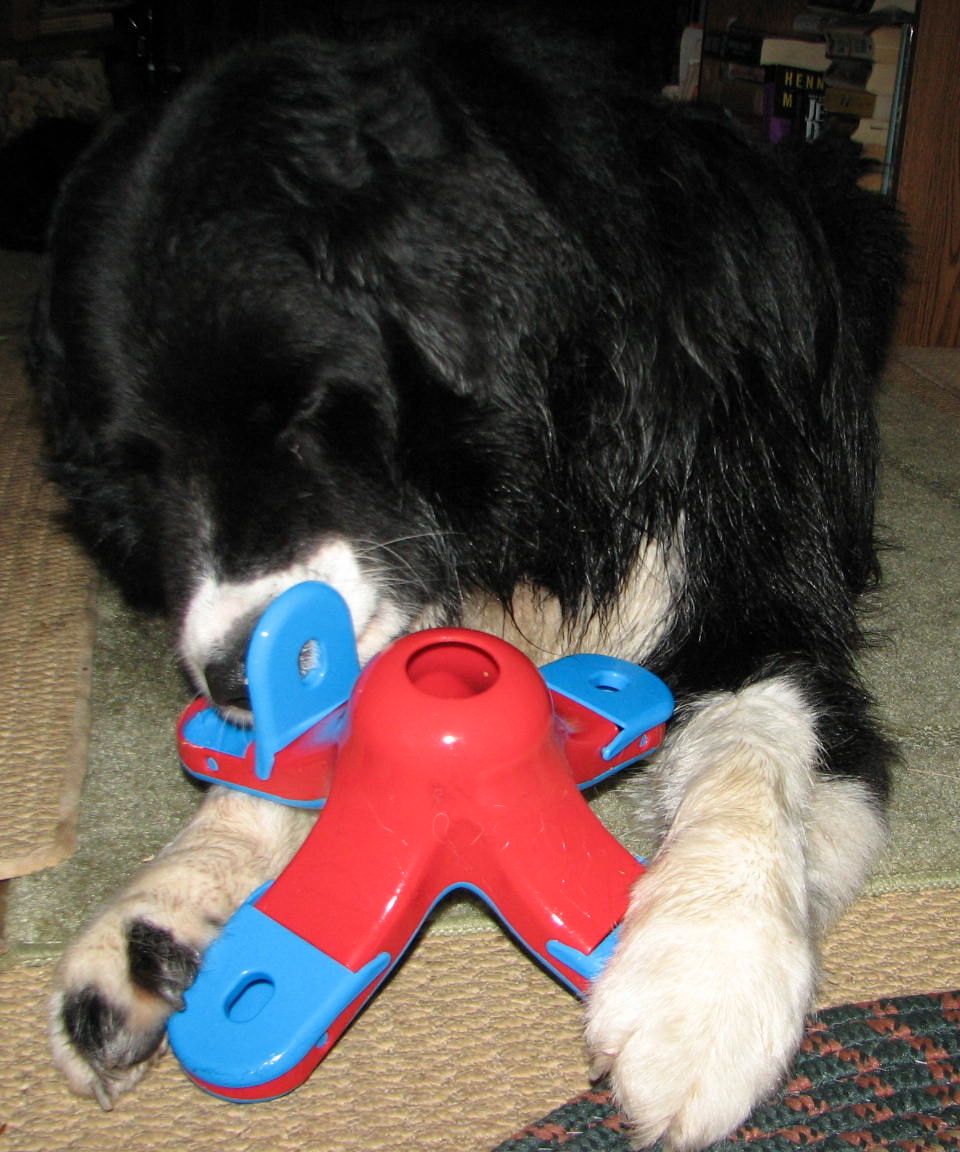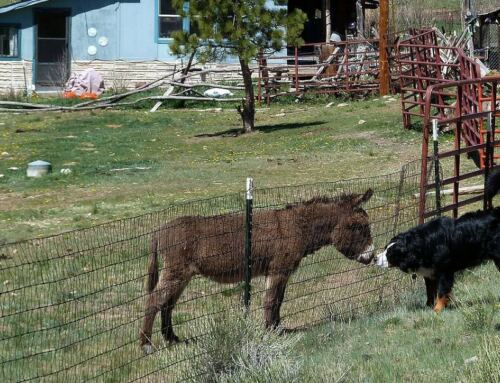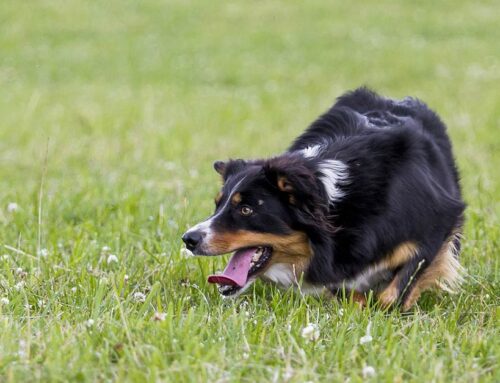The most important role a foster caregiver can play in the life of a dog in transition is to ensure that the dog, at the very minimum, does not develop new fears, concerns or reasons to distrust people.
Every dog in the rescue system would have a unique tale to tell, were they able to do so. Some will have had enough positive experiences with people that they are able to withstand a few minor bumps and bruises and not be worse for it. There will be others whose background with people is spotty. Some people have been kind and gentle with them, obviously some have cared enough to get the dog into a foster home. But other people have been less than kind. This lack of kindness may have manifested in neglect, in other cases abuse. When these dogs roll the dice they may not be expecting lucky sevens. They may be disproportionally prepared for the worst. A foster home should prove to these dogs that their luck has changed, that betting on people being good to them is worth the risk. And there are the dogs who despite everyone’s good intentions remain wary and unsure.
What might constitute too much pressure or punishment for one dog, may not for another. It’s best not to assume that any pressure put on a dog to engage socially or any punishment, even if only a raised voice, is tolerable for a dog. Behavior that might be ok with a dog you have developed a positive relationship, may not be with a dog newly introduced to your home. This is true for dog/dog relationships. Fear is unfortunately easy to install in animals and nearly impossible to remove. This is true of all kinds of fears; other dogs, people, cars, storms, etc. And you are not seeing the dog at their best. As addressed in my previous post Fostering Success, these dogs are stressed and stress can negatively impact them in a variety of ways.
Consider the first impression you will make with a dog. Will you be snapping on a leash and pressuring them to follow you with no other incentive other than because you say so? Will you be touching them or putting your face close to theirs without knowing if that is what they feel comfortable with? Are you immediately bringing them into your home and ordering them around; come here, get off of that, leave that alone, go this way? Do you have a pocket full of treats or a squeaky toy at the ready?
If you hold outdated beliefs about dogs and how they relate and interact with other dogs and people, it’s time for an upgrade. Dogs do not need pack leaders, they do not behave in ways to gain domination over the household. They do what works for them, like every other organism on the planet. If their behavior does not work for us, it’s up to us to teach them what does. If you are unfamiliar with the risks of using force, coercion and punishment when training dogs, it’s time you became familiar with those risks. If you do not know how to use positive reinforcement to teach dogs new behaviors you might want to brush up on those skills before you take on a dog whose life may be depending on that you do.






